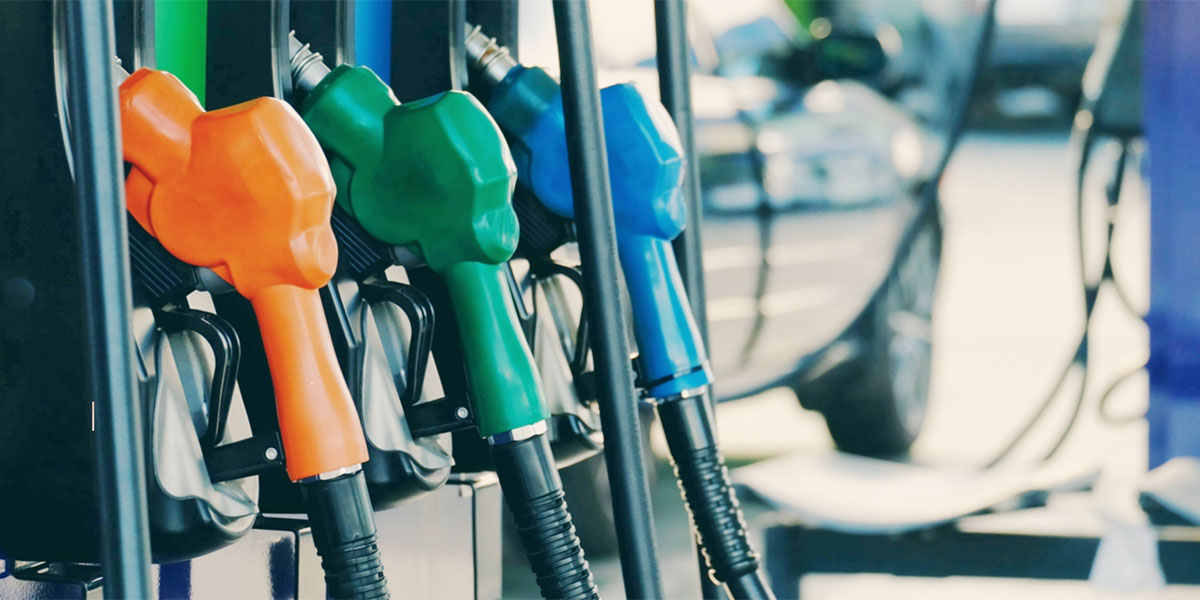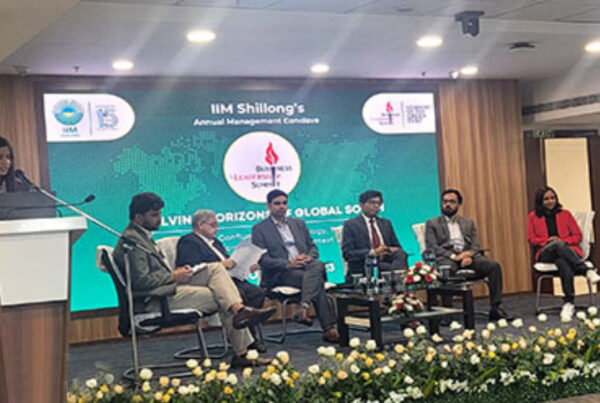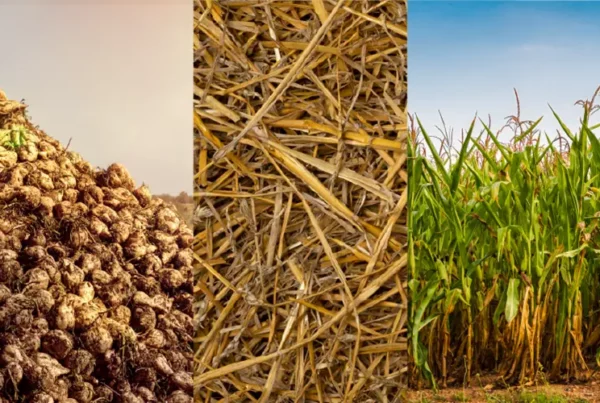End of the diesel era?
There was a time, not too long ago, when the auto aficionados used to swear by the torquey diesel cars. Always a petrolhead, I would find ways to counter them by explaining the benefits of owning a petrol car including lower up-front investment, lower TCO, more environmentally friendly and higher refinement levels. Fast forward to August 2020, what we are witnessing now in India is a structural shift towards petrol vehicles in the near to medium-term and to more greener options such as CNG and EVs in the long-term. The consistently reducing differential between petrol and diesel prices coupled with regulatory pressures related to BS-VI emission norms and higher initial cost and TCO for diesel vehicles have all led to the share of diesel vehicles at multi-year lows. Do all of these factors, most of which are not likely to change in the future sound the death knell for diesel vehicles? Let us analyse a few key trends and demand and supply-side changes that have happened in the last couple of years and see whether this is indeed a likely scenario.
If we go back few years, the share of diesel models in the passenger vehicle market was around 60% in FY12, primarily driven by a significant difference in petrol and diesel prices and more flexible emission norms. Subsequently, the share of diesel vehicles saw a consistent decline to 42% in 2016 and around 30% in FY20. This has further fallen in the last few months with the share hovering around 15-20%, though it remains to be seen if this trend will sustain. This fall in diesel share is even more prominent in the small car segment where it’s now less than 5%. The only segment where there is still some demand for diesel vehicles is the premium SUV segment where the buyers are not too concerned about high purchase prices and higher TCO. On an average, the price differential between petrol and diesel cars is around Rs 1-1.5 lakhs (USD 1,300 to 2,000) which can be a deal-breaker in the case of smaller and mid-sized vehicles.
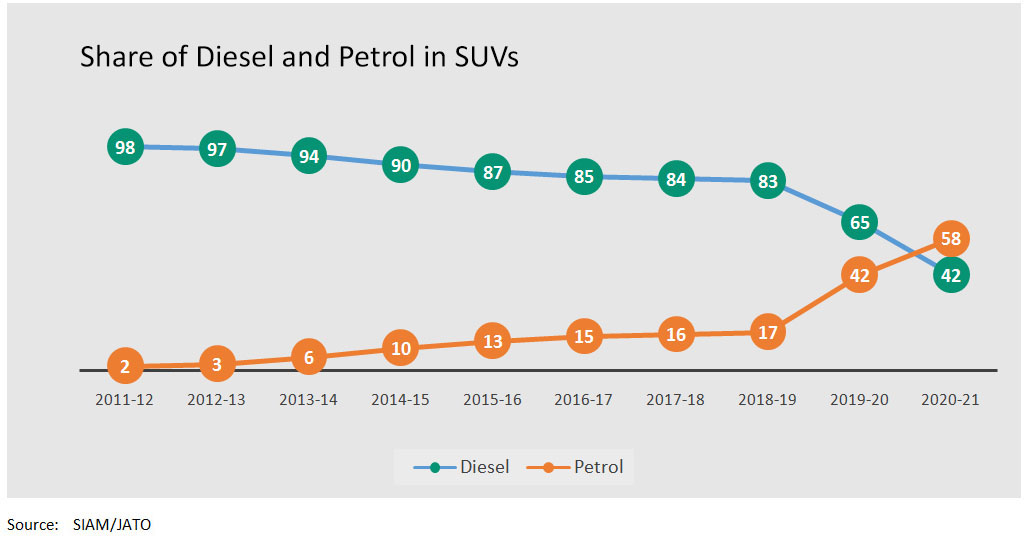
The share of new diesel hatchbacks and sedans sold between April – July 2020 was just 1.8% of all the vehicles sold during this period. New diesel vehicles’ share in the SUV segment also dropped to just 42% over the last four months, hinting that most Indian customers are now choosing petrol-powered vehicles to diesel vehicles. Despite availability being restricted to a few states, CNG cars are gaining in popularity with the segment share at 13-14%.
Another factor that has boosted the shift towards petrol vehicles is the declining difference between retail prices of the two fuels. In May 2011, the price difference between petrol and diesel reached its highest point at Rs 31 a litre. This gap came down to Rs 18.5 in 2013, less than Rs 15 in 2015-17, ~ Rs 10 in 2017-18. Last year, it was down to Rs 7.1 and this year the weighted average is about Rs 6.5 a litre. We have almost reached a stage where either the difference is either marginal to make any real difference to your purchase decision or in places such as Delhi, diesel became costlier than petrol! As the petrol and diesel prices reach new highs and parity no longer becomes the deciding factor, favourability of diesel models among consumers will likely wane in the coming times. In the national capital, the local Government has introduced a rule which limits the life-span of diesel vehicles at 10 years compared to 15 years for the petrol models.
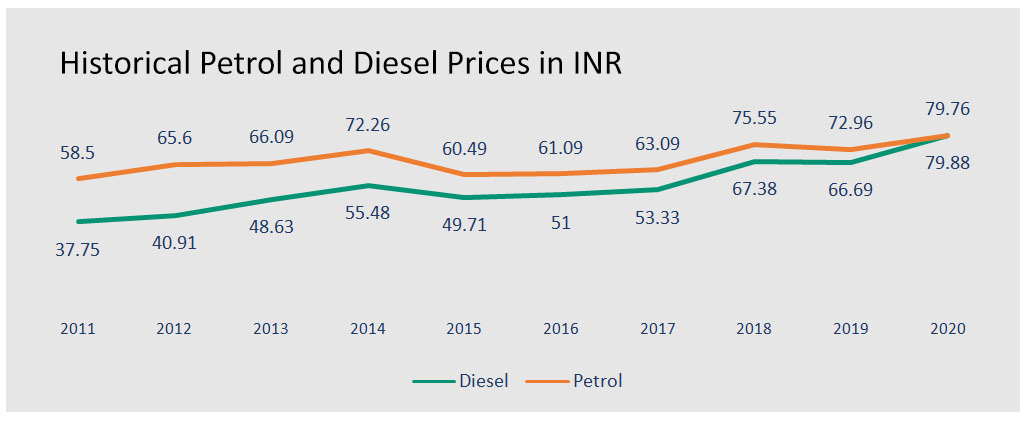
With the Indian Government pushing through the stricter BS-VI emission norms earlier than many people thought to tackle the alarming pollution levels in major Indian cities, vehicles with diesel engines could soon become an extinct species. India embraced the Bharat Stage (BS)-VI (equivalent of Euro 6) emission norms from 1 April 2020, while stricter fuel efficiency norms are expected to kick in from 2022. Around the same time, Real Driving Emissions (RDE) tests will also be introduced, wherein Green House Gas (GHG) emissions from vehicles will be tested in on-road conditions. Many companies decided to phase out diesel variants of their cars from the line-up as upgrading existing models to meet the stricter emission standards would have made these the cars too expensive for consumers. For automakers, the development cost of diesel powertrains or engines would almost double in the next five years.
The first-mover in this case was the market leader Maruti Suzuki which announced last year that they would stop selling diesel cars from 1st April 2020. Other Indian companies such as Tata Motors announced their intent to focus on the petrol models with cars such as Tiago and Tigor no longer offering the option of a diesel engine. Foreign OEMs such as Renault, Nissan, Volkswagen, Skoda, Hyundai, Honda and Audi have all stated that they would either move out of the diesel segment or reduce their focus.
In the coming years, we will likely see the demand for petrol cars increase except in the premium segment where cost is not the primary deciding factor. The premium in petrol prices is unlikely to see the levels that we experienced in the earlier years and hence that factor will move out of the equation. Also, as we move towards a stricter regulatory regime aimed at a cleaner environment, demand for diesel vehicles will be limited to the premium segment and for select brands. To summarize, driven by macro and micro factors, diesel cars as a species may not become extinct in the next 5-10 years, but will surely become an endangered species!
Author – Prasanth R Krishnan
Associate Director Operations
Connect to the author of the report at reports@avalonglobalresearch.com or contact us at https://www.agrknowledge.com/contact-us

